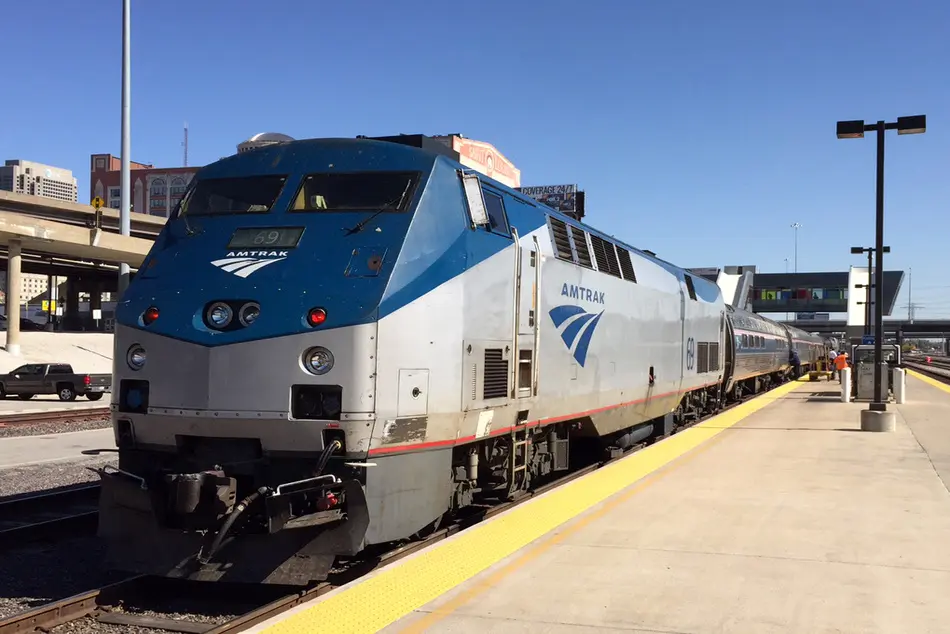New Report Finds Amtrak Could Better Manage Train Collision Risks
Amtrak has been advised to improve how it identifies and manages the risk of train collisions, according to a new report from the company’s Office of Inspector General (OIG).

Amtrak has been advised to improve how it identifies and manages the risk of train collisions, according to a new report from the company’s Office of Inspector General (OIG).
The audit found that while Amtrak has taken a number of steps to mitigate such incidents, more structured and consistent approaches could be beneficial.
The report states that from fiscal year 2020 through 2023, Amtrak was involved in around 800 train strikes, resulting in 594 fatalities and 279 injuries. In fiscal year 2023 alone, it is estimated that approximately one in five of Amtrak’s passenger train engineers may have been involved in one of these incidents.
Train strikes—collisions involving trains and either people or vehicles—pose a persistent challenge for the rail industry. These events can stem from a range of causes, including suicide attempts, trespassing, or motorists ignoring level crossing signals. Amtrak’s situation is made more complex by the fact that it operates over a vast national network but owns only a portion of the tracks it uses.
Amtrak has introduced various initiatives aimed at reducing such risks. These include working with Operation Lifesaver to promote public awareness, engaging with trucking and agricultural groups about vehicle safety at crossings, and supporting local authorities with applications for federal grants aimed at infrastructure improvements.
During the audit, Amtrak also developed a grade crossing ‘hazard index’ that factors in previous incidents, traffic levels, train frequency and speed, and crossing design. It has also produced a new grade crossing safety manual and is looking into technologies such as artificial intelligence and systems to report near-miss incidents, which could help it identify patterns of trespassing and risk areas.
However, the OIG found that these efforts are not yet part of a wider, consistently applied risk management framework. The report suggests that Amtrak could benefit from establishing a formal process—such as a risk register—that would allow the company to log, evaluate, and prioritise safety risks systematically and allocate resources accordingly.
The audit also uncovered discrepancies in the data Amtrak reported to the Federal Railroad Administration (FRA) between 2020 and 2023. These inconsistencies arose due to differences in records kept by Amtrak’s Police Department and its Central Reporting group. Amtrak addressed the discrepancies during the audit process.
The OIG made several recommendations. These include the development of a structured process to assess train strike risks, the adoption of industry and academic best practices for managing such risks, and a commitment to routinely reviewing and reconciling train strike data to improve accuracy.
Amtrak has agreed with the recommendations and outlined plans to implement them. The full report is available on the Amtrak OIG website.


